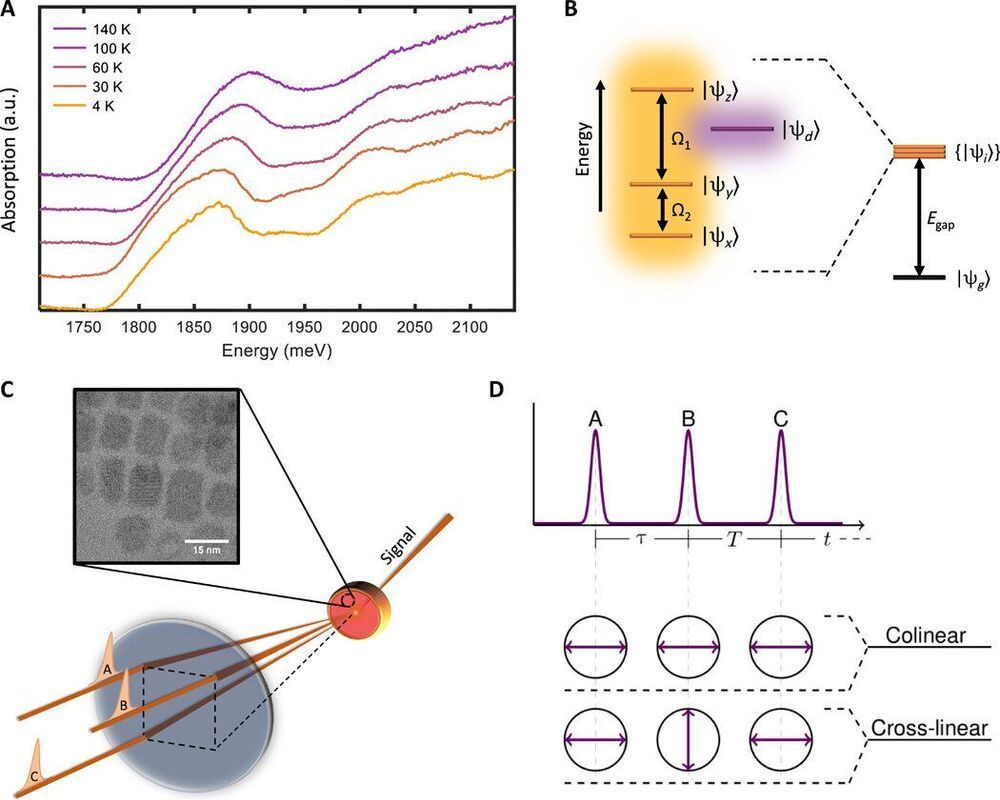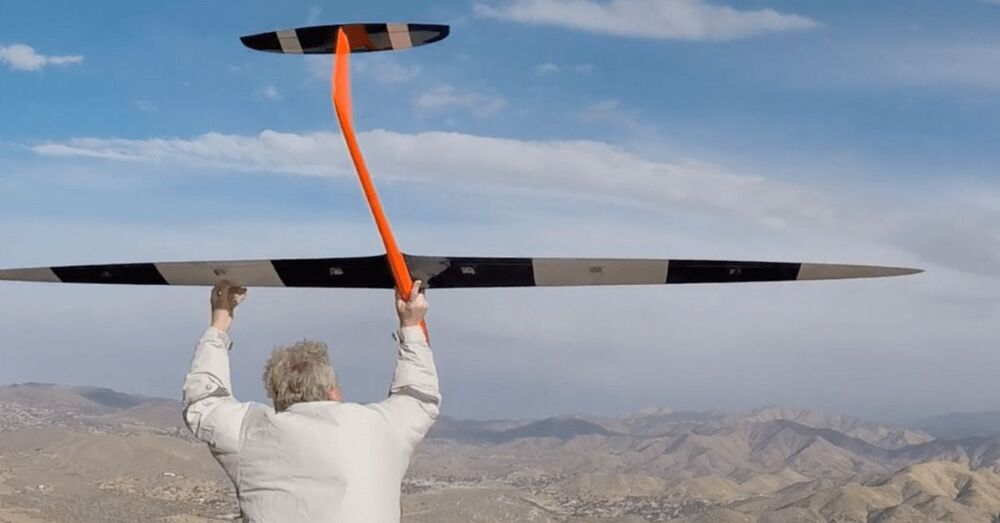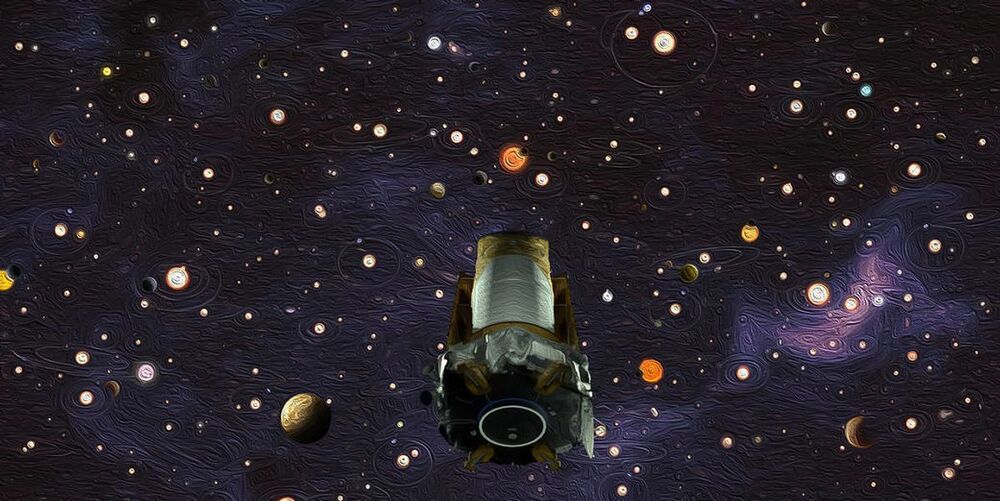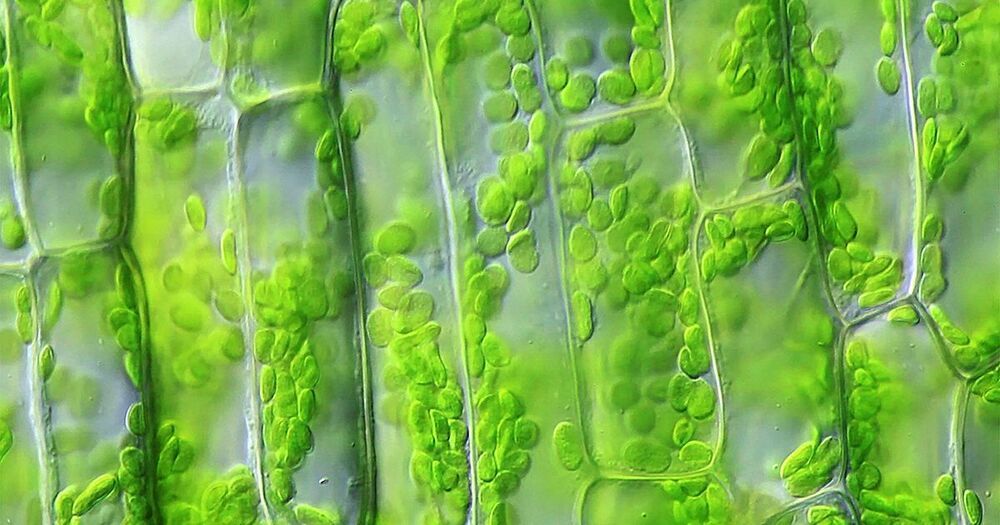Jan 20, 2021
Storing information with light
Posted by Quinn Sena in categories: computing, materials
New photo-ferroelectric materials allow storage of information in a non-volatile way using light stimulus. The idea is to create energy efficient memory devices with high performance and versatility to face current challenges. The study has been published in Nature Communications by Josep Fontcuberta and co-workers and opens a path towards further investigations on this phenomenon and to neuromorphic computing applications.
Can you imagine controlling the properties of a material by just shining light on it? We are used to seeing that the temperature of materials increases when exposed to the sun. But light may also have subtler effects. Indeed, light photons can create pairs of free charge carriers in otherwise insulating materials. This is the basic principle of the photovoltaic panels we use to harvest electrical energy from sun.
In a new twist, a light-induced change of materials’ properties could be used in memory devices, allowing more efficient storage of information and faster access and computing. This, in fact, is one of our society’s current challenges: being able to develop high-performance commercially available electronic devices which are, at the same time, energy efficient. Smaller electronic devices having lower energy consumption and high performance and versatility are the goal.

















